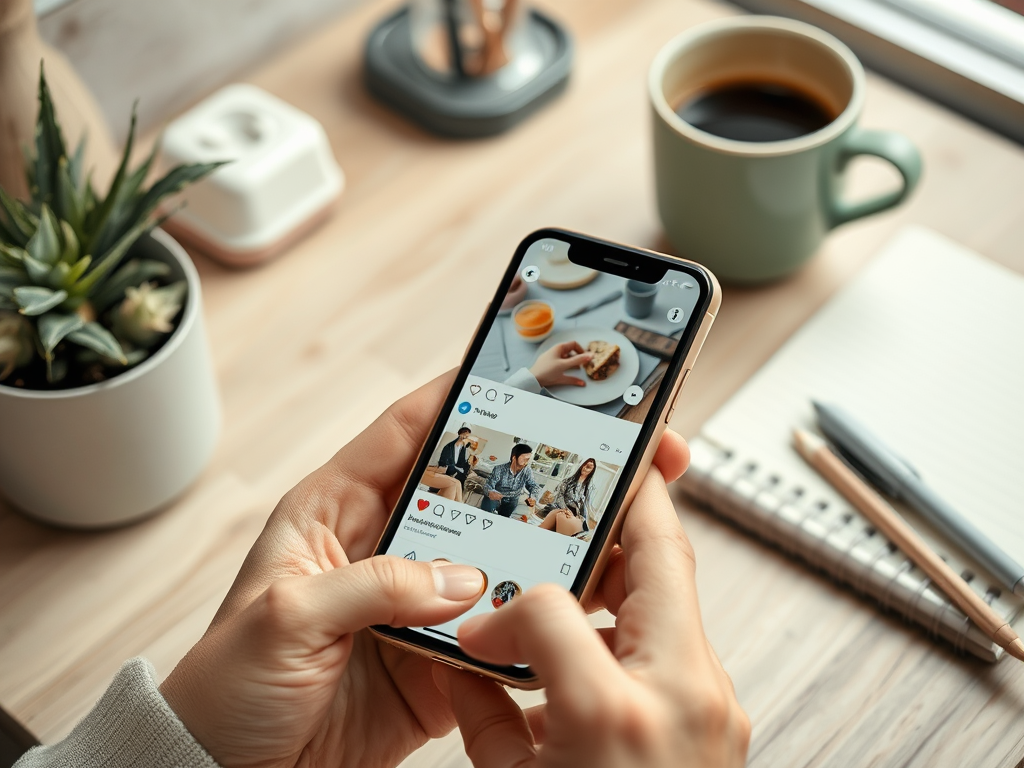The Importance of Visual Content in Social Media Marketing Blogs
In the vast ocean of digital marketing, having the perfect strategy can make all the difference. As brands scurry towards innovative ways to capture audience attention, visual content has emerged as a powerful tool in social media marketing. Utilizing images, videos, infographics, and more, marketers harness the ability of visuals to communicate messages instantly and effectively. When done right, visual content goes beyond simple aesthetics, creating emotional connections that resonate with audiences deeply.
Research suggests that people process visuals 60,000 times faster than text, making it imperative for brands to refine their content strategies. In a world where attention spans are fleeting, and competition is fierce, the need for eye-catching visuals has never been more critical. Not just an embellishment, visuals play a crucial role in fostering brand recognition, increasing engagement, and driving conversions. In this article, we will explore the importance of visual content in social media marketing, discussing its impact and how to optimize it for maximum results.
Understanding Visual Content

Visual content encompasses a broad range of digital creations designed to communicate information more effectively than words alone. Examples include images, videos, infographics, GIFs, and even live streams. Each form serves a unique purpose and can enhance your overall marketing strategy. For instance, videos can tell a story or provide demonstrations, while infographics condense complex information into digestible visuals.
Here is a breakdown of the types of visual content commonly used in social media marketing:
- Images: Captivating pictures that draw attention.
- Videos: Motion graphics that can entertain or inform.
- Infographics: Visual representations of data or information.
- GIFs: Short animations that convey emotions or reactions.
- Live streams: Real-time broadcasts that engage audiences directly.
The Psychological Impact of Visuals

Visuals have the remarkable ability to influence human emotions and perceptions. By tapping into this psychological aspect, brands can create content that lingers in the minds of their audience. Color theory plays a significant role here; different colors evoke different emotional responses. For example, red can stimulate excitement, while blue tends to evoke trust and calmness.
The importance of design consistency can’t be understated. Maintaining a cohesive visual style across all platforms not only enhances brand recognition but also communicates professionalism. A well-structured visual identity helps audiences associate certain feelings or ideas with your brand, ultimately shaping their perception over time.
Enhancing Engagement with Visual Content
Statistics consistently demonstrate that visual content leads to increased engagement rates across social media platforms. Posts featuring images receive around 94% more views, illustrating the magnetic appeal of visuals. Meanwhile, videos are shared 1,200% more than text and links combined, highlighting their viral potential. It is fascinating how incorporating visual elements can turn a mundane post into a high-engagement piece.
| Type of Visual Content | Average Engagement Rate |
|---|---|
| Images | 94% more views |
| Videos | 1,200% more shares |
| Infographics | 30% more clicks |
Different types of visuals yield varying engagement levels. Marketers should assess which types resonate most with their target audience and refine their strategies accordingly. By analyzing engagement metrics and testing different formats, you can determine what combination of visuals will captivate your audience the most.
Driving Traffic and Conversions
The impact of visual content isn’t limited to engagement; it can also significantly influence web traffic and conversion rates. When users encounter eye-catching visuals, they are more likely to explore your website for further information. Effective visuals act as a visual cue that guides users toward taking desired actions—like signing up for a newsletter or making a purchase.
Numerous case studies have demonstrated successful campaigns that leveraged visual content to boost conversions. Brands reporting significant increases often cite compelling images and videos as pivotal elements in their strategy. Implementing best practices when using visuals can elevate your content’s efficacy dramatically.
SEO Benefits of Visual Content
Interestingly, visual content also plays a vital role in search engine optimization (SEO). Optimizing your images and videos can improve your visibility on search engines, driving organic traffic. Key aspects of optimizing visual content include using descriptive file names, incorporating alt text, and leveraging image sitemaps. Taking these steps ensures your visuals don’t just engage audiences but also attract the attention of search engines.
- Use descriptive file names: Rather than “IMG_1234.jpg,” use “blue-running-shoes.jpg” to improve context.
- Include alt text: Provides context for search engines and accessibility for visually impaired users.
- Leverage image sitemaps: Guide search engines to your best visual content for better indexing.
Conclusion
Visual content has become an indispensable component of successful social media marketing strategies. By expertly leveraging the emotional and psychological power of visuals, brands can enhance engagement, drive traffic, and improve conversion rates. The statistics and case studies in this article underscore the importance of optimizing visual content for both audience engagement and SEO.
Frequently Asked Questions
- Why is visual content important in social media marketing?
Visual content captures attention quickly and is more likely to be shared, leading to increased engagement and reach. - What types of visual content are most effective?
Videos and infographics tend to perform exceptionally well due to their ability to convey complex information quickly and engagingly. - How can I optimize my visual content for SEO?
Ensure images have descriptive file names, include alt text, and leverage image sitemaps for better visibility on search engines. - Can visual content boost conversion rates?
Yes, compelling visual content can make a product or service more appealing, increasing the chances of conversion. - What are some tools for creating visual content?
Popular tools include Canva, Adobe Creative Suite, and Piktochart, which offer user-friendly interfaces for creating high-quality visuals.
